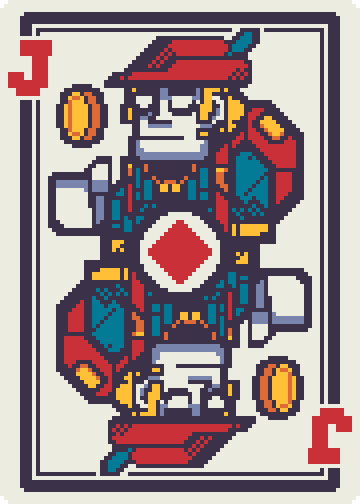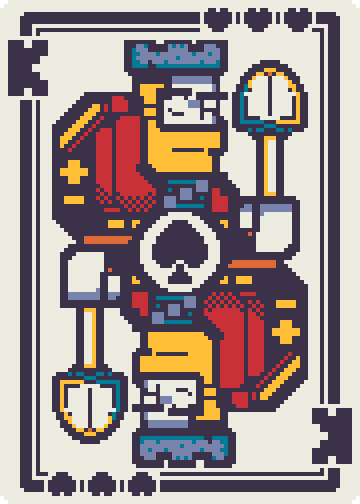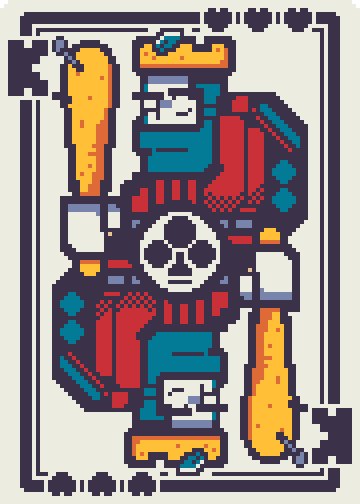“Game Design 101”: Diving into Bartle’s Player Types for Aspiring Game Designers
Introduction
The goal of any game is to delight its players, and in order to do that effectively you’ll need to consider your players’ motivations for playing your games.
One way to think about types of video game players is to group them based on the aspects of gameplay they enjoy the most. Back in the 1990’s a method called the “Bartle Taxonomy” was devised by Richard Bartle based on his research into online games. The name may sound complicated, but the categories themselves are simple and easy to remember, making this an easy rule of thumb to keep in mind during the game design process.

The Bartle What-now? A Brief Explanation
Bartle was able to use surveys to group players from early games called Multi User Dungeons (or MUDs) into four distinct types. The types are usually assigned to one of the four playing card suits (Diamonds, Spades, Hearts, and Clubs) according to their affinity.
Let’s take a look at each player type, and consider some design strategies to make our games more appealing to these players.
Let’s Meet the Players

Diamonds
- Achievers (The Trophy Hunters)
- What are they about? These players love accomplishing tasks, gathering in-game rewards, and being recognized for their achievements.
- Design Strategies: Incorporate a variety of levels, badges, and tangible rewards. Give them milestones to reach and challenges that require effort and skill.

Spades
- Explorers (The Curious Wanderers)
- What are they about? Their satisfaction comes from unearthing game secrets, understanding intricate details, and roaming around game worlds.
- Design Strategies: Introduce hidden corners, mysterious narratives, and multi-layered environments. Develop a game with depth, where every exploration rewards them with new information or surprises. Put in some Easter Eggs!

Hearts
- Socializers (The Collaborators)
- What are they about? For them, gaming is about connecting. They enjoy forming alliances, chatting, and sharing game experiences.
- Design Strategies: Implement collaborative challenges. Consider multiplayer features where they can team up with others, share resources, or build communities.

Clubs
- Killers (The Competitors)
- What are they about? They relish competition and the chance to prove their superiority in the game arena.
- Design Strategies: Focus on battles, competitive rankings, and leaderboards. Create scenarios where they can strategize and challenge enemies or other players.
Why Should you Care?
Having an understanding of different player’s potential motivations and play styles gives you a simple framework to use when building your game’s mechanics, and evaluating which players might find them appealing (and why). Keep this deck in your back pocket as you think through the design of a new game.
Wrapping Things Up
Bartle’s classifications provide a useful framework, but the gaming world is vast and this is just one way to think about your players. As you immerse yourself in game design, be prepared to discover new player motivations or even identify unique categories of your own. Use Bartle’s insights as a launching pad, not a limitation, and keep experimenting, learning, and most importantly, have fun!
If you want to find out where you fit into Bartle’s Taxonomy, try the original survey here: http://matthewbarr.co.uk/bartle/
If you want to learn more, you can read Bartle’s orginal paper here: https://mud.co.uk/richard/hcds.htm
Card art is part of the Pixel Plebes asset pack by @greebles, which you can find here: https://greebles.itch.io/pixel-plebes
If you are just getting started with game design, try the Flowlab Game Maker for free here: https://flowlab.io